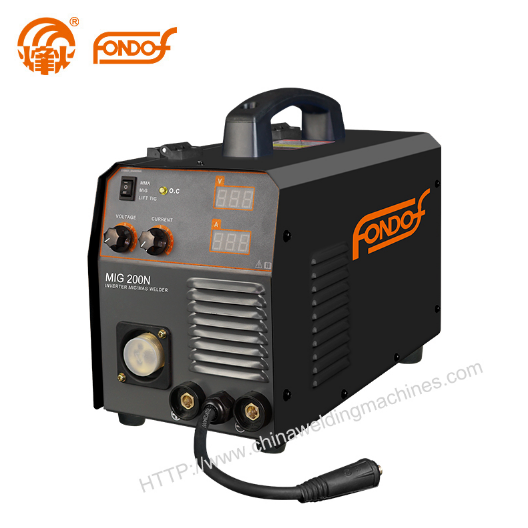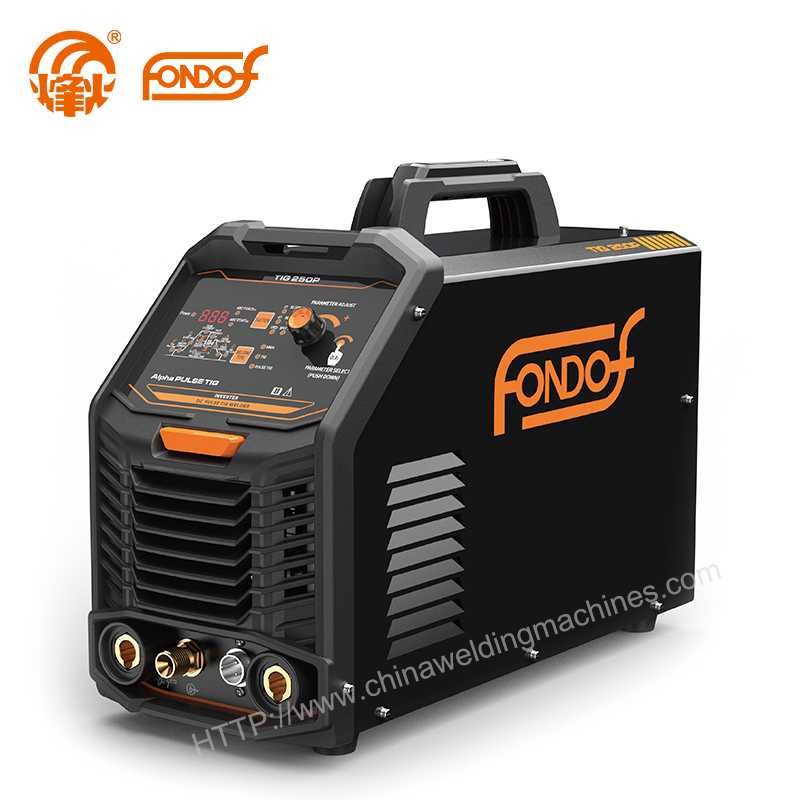Learn the Basis of MIG Welding and MAG Welding
 May. 13, 2024
May. 13, 2024
The MIG Welding Process and More
In MIG/MAG welding, an arc is created by the power source through the welding gun, between the fed welding wire and the workpiece. This arc fuses the material being welded and the welding wire, creating the weld. The wire feeder continuously supplies welding wire through the welding gun throughout the process. Additionally, the welding gun provides shielding gas to protect the weld.
The MIG and MAG welding methods differ from each other in that MIG (metal inert gas) welding uses an inert shielding gas, which does not participate in the welding process, while MAG (metal active gas) welding employs an active shielding gas that participates in the welding process.
Typically, the shielding gas in MIG/MAG welding contains active carbon dioxide or oxygen, making MAG welding more common than MIG welding. In fact, the term "MIG welding" is often mistakenly used when referring to MAG welding.
MIG and MAG Welding Usage Across the Welding Industry
MIG/MAG welding has become ubiquitous in the welding industry today. Its primary users include heavy and medium-heavy industries like shipbuilding, steel structure manufacturing, pipeline construction, and pressurized container production, as well as repair and maintenance businesses.
Moreover, MIG/MAG welding finds extensive application in the sheet metal industry, especially in automotive manufacturing, body shops, and small-scale industries. Additionally, hobbyists and home users commonly possess MIG/MAG welding machines.
Welders and Other Equipment for MIG and MAG Welding
MIG and MAG welding equipment typically consist of a power source, wire feeder, grounding cable, welding gun, optional liquid cooling unit, and a shielding gas tank or gas network interface.
The wire feeder's role is to supply the necessary welding wire from the spool coil to the welding gun during the welding process.
The wire feeder also enables starting and stopping the power source and, in the case of an electronic power source, controlling the voltage it provides. As a result, the power source and the wire feeder are connected with a control cable. Additionally, the wire feeder regulates the flow of shielding gas. This gas, necessary for welding, is sourced either from a gas tank or a gas network.
MIG welding machines are frequently modular in structure, allowing for the independent selection of the cooling device, power source, and wire feeder based on specific requirements. This modular design enables the wire feeder to be detached from the power source, eliminating the need to transport the entire welding machine between worksites.
Additionally, these devices may feature a replaceable control panel and independently activated additional features.
The welding gun generates heat during welding, necessitating cooling with either gas or liquid. In gas-cooled welding guns, the shielding gas flowing through the welding cable also serves as the gun cooler. Conversely, liquid-cooled guns require a separate liquid cooling unit to recirculate cooling liquid through the welding cable to the gun.
The design of a MIG/MAG welding machine is influenced by the welding wire coil housed inside the machine. This coil is often a bulky and space-consuming component. Nonetheless, the latest MIG/MAG welding machines are sleek and compact machine packages.





























